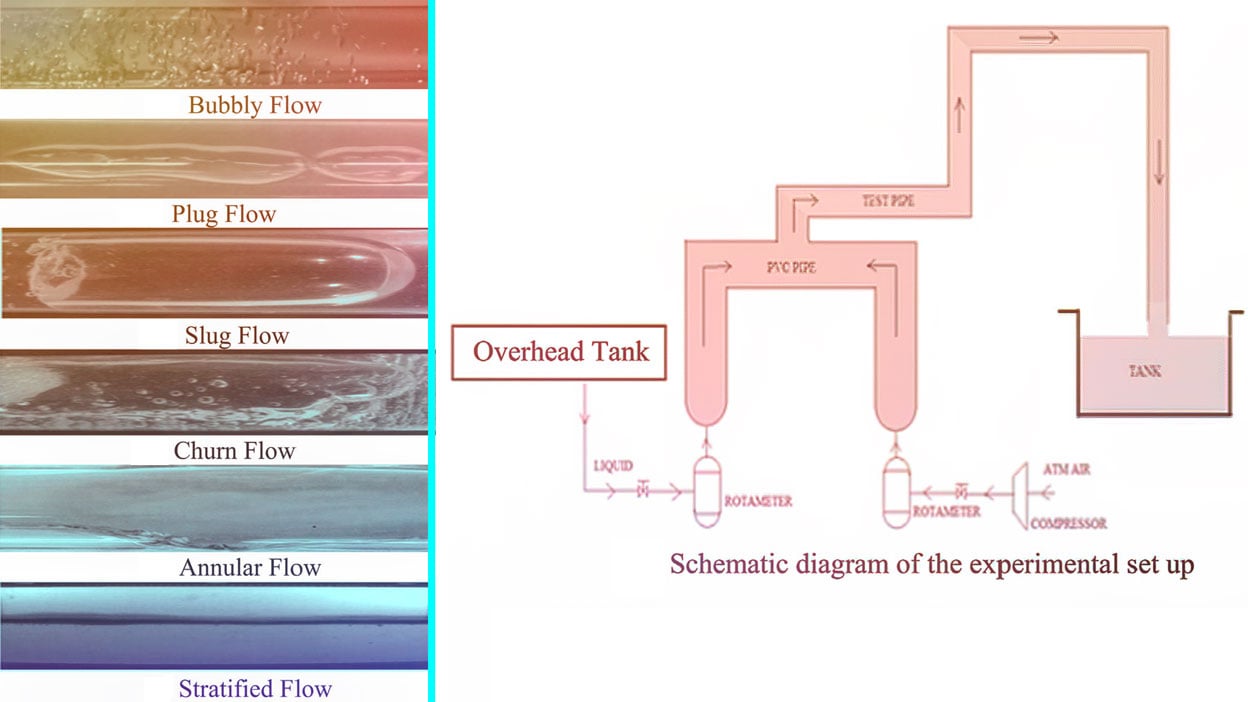This post is an excerpt from the journal ISA Transactions. All ISA Transactions articles are free to ISA members, or can be purchased from Elsevier Press.

Abstract: Flow pattern recognition is necessary to select design equations for finding operating details of the process and to perform computational simulations. Visual image processing can be used to automate the interpretation of patterns in two-phase flow. In this paper, an attempt has been made to improve the classification accuracy of the flow pattern of gas/ liquid two- phase flow using fuzzy logic and Support Vector Machine (SVM) with Principal Component Analysis (PCA). The videos of six different types of flow patterns namely, annular flow, bubble flow, churn flow, plug flow, slug flow and stratified flow are re- corded for a period and converted to 2D images for processing. The textural and shape features extracted using image processing are applied as inputs to various classification schemes namely fuzzy logic, SVM and SVM with PCA in order to identify the type of flow pattern. The results obtained are compared and it is observed that SVM with features reduced using PCA gives the better classification accuracy and computationally less intensive than other two existing schemes. This study results cover industrial application needs including oil and gas and any other gas-liquid two-phase flows.
Free Bonus! To read the full version of this ISA Transactions article, click here.
Enjoy this technical resource article? Join ISA and get free access to all ISA Transactions articles as well as a wealth of other technical content, plus professional networking and discounts on technical training, books, conferences, and professional certification.
Click here to join ISA ... learn, advance, succeed!
2006-2019 Elsevier Science Ltd. All rights reserved.




